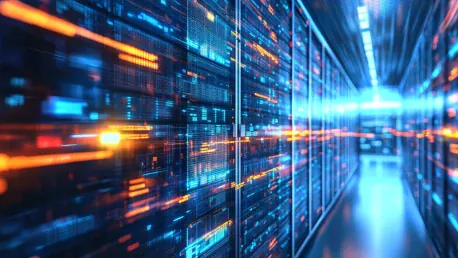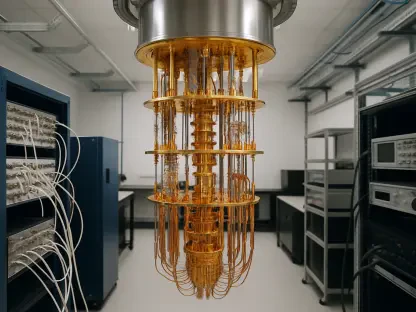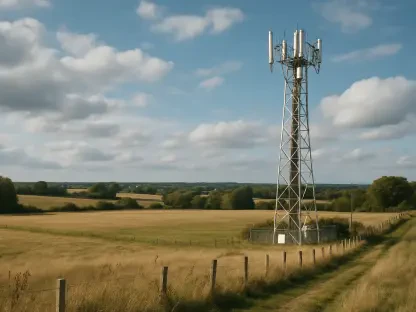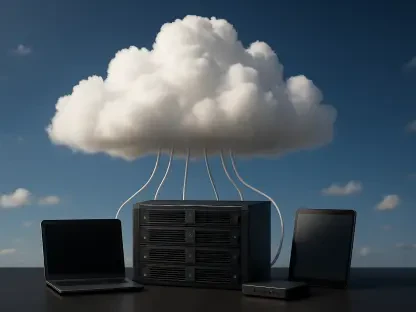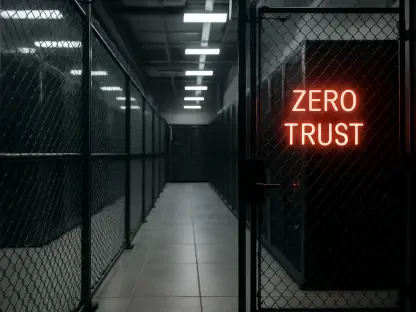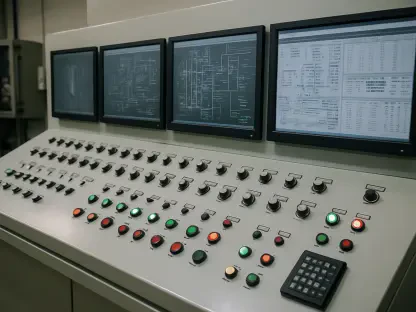Listen to the Article
Over the past years, the economy has experienced some significant changes and shifts—becoming more and more reliant on digital technologies for day-to-day and long-term operations.
That leaves many experts and government agencies to wonder whether the expanded usage of tech environments is worth it due to the environmental impact of digital infrastructure. From cloud computing to online services and data transmission or storage, a digital-first world has many demands on scarce resources and their capability to deliver an ever-expanding network of data centers, communication systems, and electronic devices.
And while these technologies have completely revolutionized industries and what innovation entails, their growing energy requirements are raising more concerns than ever about their contribution to accelerating climate change through heavy carbon emissions.
At the present time, the sheer scale of infrastructure is a staggering, if difficult to comprehend one. Global data centers, housing the severs and systems that power up the internet, are responsible for a relatively high portion of electricity consumption. Adding to it, the expansion of networking is now putting immense strain on resources and your capability to keep up without sacrificing a vision for a greener future.
It doesn’t have to be this way—and this article explores what you can do to get started in the adoption of energy-efficient technologies, renewable power sourcing, and sustainable practices to minimize the environmental impact of data centers and digital ecosystems.
The Environmental Challenge of Your Digital Infrastructure
All businesses are experiencing first-hand the demand for digital services, which has skyrocketed with the accelerated acquisition of cloud computing, streaming, e-commerce, and Internet of Things (IoT) services. But this focal point of investment is a double-edged sword. It is indeed an engine of growth—but it has contributed to the increase in energy consumption and carbon emissions. According to the International Energy Agency, data centers alone accounted for about 1% of global consumption in 2020; and this figure is expected to double by 2030 without heavy intervention.
What can you do to understand the scale of this challenge? Take into consideration that data centers store and process large amounts of information, but they also serve as the backbone for cloud computing platforms, and manage traffic for billions of users. The struggle doesn’t stop here. Besides the need to operate at peak efficiency, these infrastructures contain another must-have: cooling systems to prevent them from overheating; many of whom are operating on fossil fuel-based sources and adding significantly to greenhouse gas emissions.
In addition to energy consumption, there’s also the matter of manufacturing, transportation, and disposal of networking hardware (including routers, switches, and cables) that contribute to this heavy impact. And with the rapid pace of digital advancements, you’re facing frequent hardware obsolescence, generating fast amounts of e-waste that must be responsibly managed and recycled to avoid harm.
It’s no surprise, then, that as climate change becomes a key global issue that the world’s corporations and governments must face together and the demand for data continues to grow, there’s an accelerating interest in developing sustainable practices—and bringing on regulations that will help all institutions comply.
Your Key Strategies for Sustainable Networking
Energy-Efficient Data Centers: As one of your largest and most concerning sources of energy consumption, you can’t neglect your most vital part of the infrastructure: the data center. Therefore, one of the first steps you should take on the path to resilience and eco-friendly operations is switching to an ecosystem that’s energy-efficient, reduces the carbon footprint of digital networks, and maintains peak efficiency for years to come.
Server Virtualization and Consolidation: One of the most popular ways to reduce your consumption levels and keep them at a minimum is through server virtualization (the practice of running multiple machines on a single physical server to maximize resource utilization and reduce the reliance on additional hardware). With fewer servers and cooling requirements, you can lower the overall costs of managing your business and streamline your operations—in addition to contributing to environmental sustainability.
Efficient Cooling Systems: Regardless of where you are in your eco-friendly maturity journey, cooling systems will most likely be one of your top priorities for enhancement. That’s because traditional air condition systems are energy-intensive, requiring vast amounts of electricity to maintain temperatures at the most optimal temperature. The way to address this headache? By switching your digital environment to an alternative such as liquid cooling, which uses water to absorb and transfer heat (and is a much more efficient method than air cooling).
Power Purchase Agreements: Many of your peers at giant tech companies (including Google, Microsoft, and Amazon) have recently committed to sourcing 100% of their data centers to renewable sources—and to facilitate this shift, they’re entering power purchase agreements. These ensure a reliable and consistent supply of green energy, a dedication that will help finance the development of new renewable energy projects in the long term.
Traffic Optimization and Efficient Routing: Inefficient and outdated routing is one of the more overlooked aspects of business that might be adding to your carbon footprint. That’s why, to jumpstart and accelerate your path to a better future, you need to optimize it. What can you do? Use intelligent algorithms to minimize the number of hops data takes across the infrastructure and leverage offloading to redirect it from congested networks to underutilized resources to further optimize energy use.
Software-Defined Networking: The technology built for your networking future. It enables the dynamic and more efficient management of valuable corporate resources by centralizing control, reducing the requirements for hefty and complex physical hardware investments, and enabling flexible allocation that focuses on the bigger picture.
In Closing
While the process of digital transformation has (undeniably) brought remarkable advancements and benefits for the private and public sectors alike, it carries a significant cost: that of sped-up climate change and environmental impact.
As industries and governments grapple with the growing energy demands of data centers and networking infrastructure that are essential for the current world, it’s more important—and urgent—than ever before to develop sustainable and greener practices.
That will come in the form of energy-efficient technologies, renewable energy sources, and innovative solutions such as server virtualization, upgrade cooling systems, Software-Defined Networking, all created to help you reduce your carbon footprint and greenhouse gas emissions.
By adopting these strategies, you’re not only balancing progress with your long-term business vision and goals, but you’re also meeting your responsibilities to maintain and build a better world that will keep on thriving without compromising the planet’s health.
